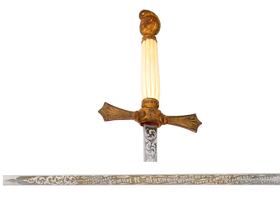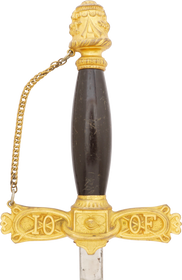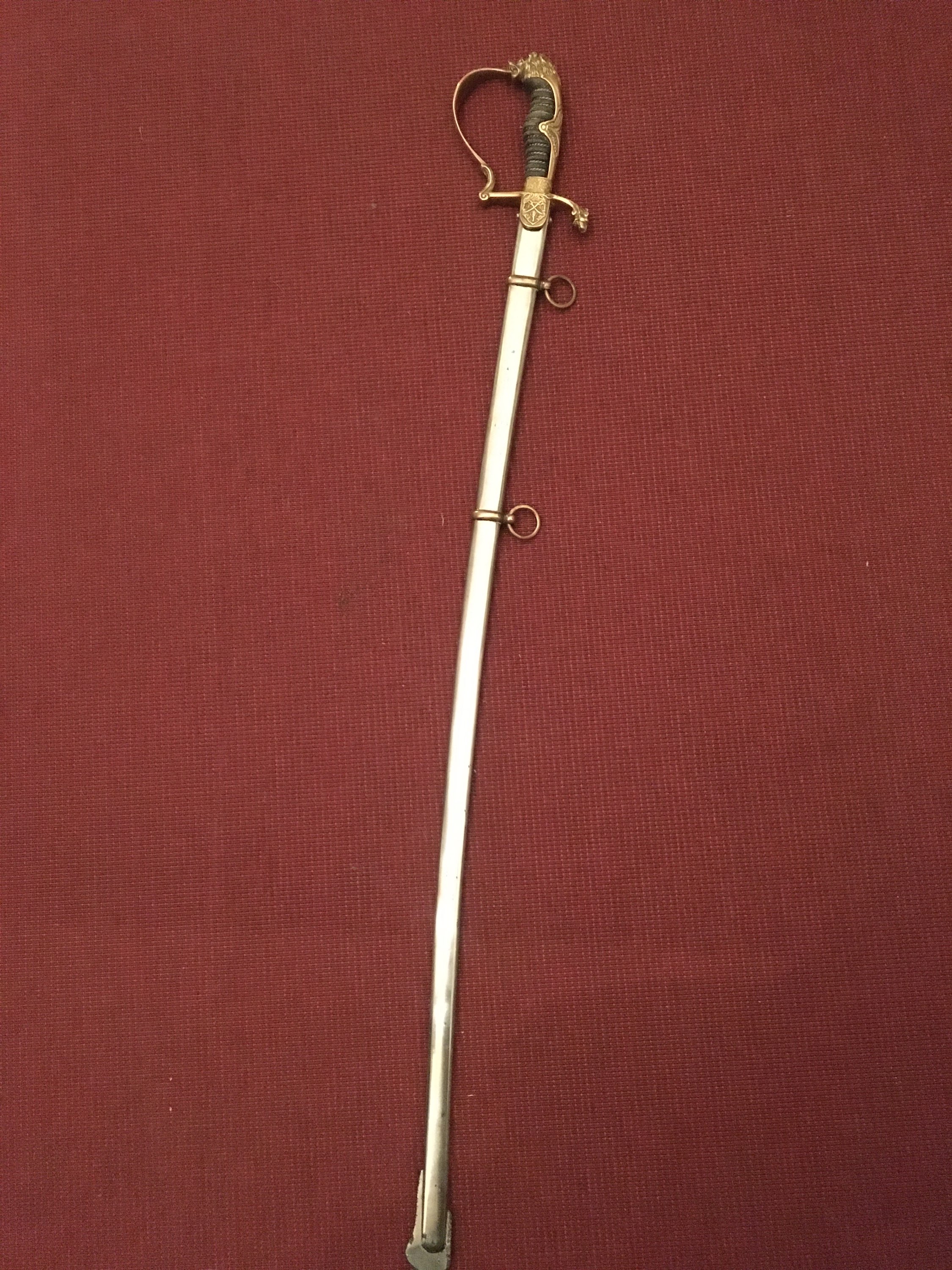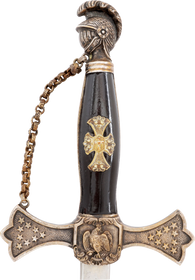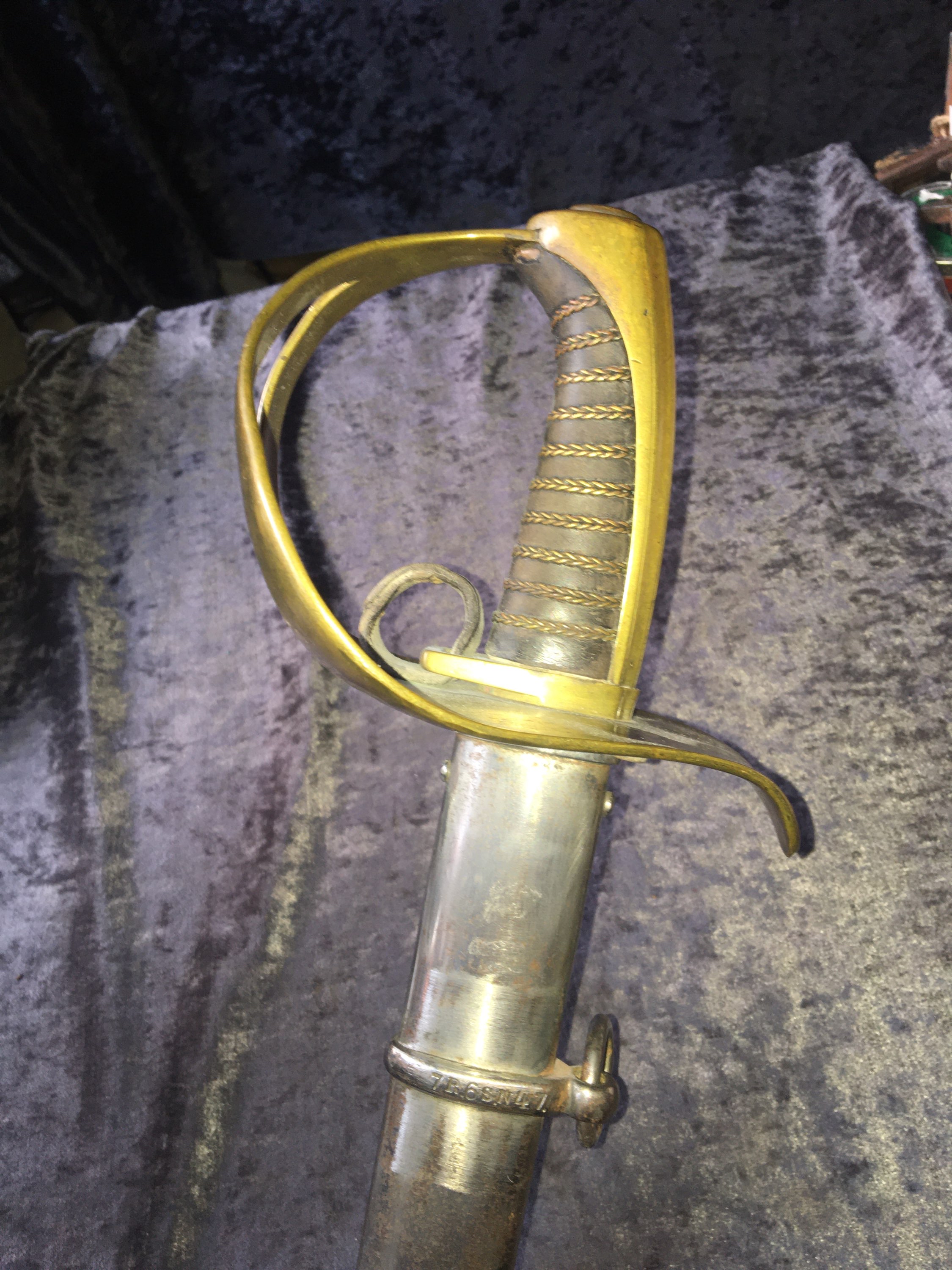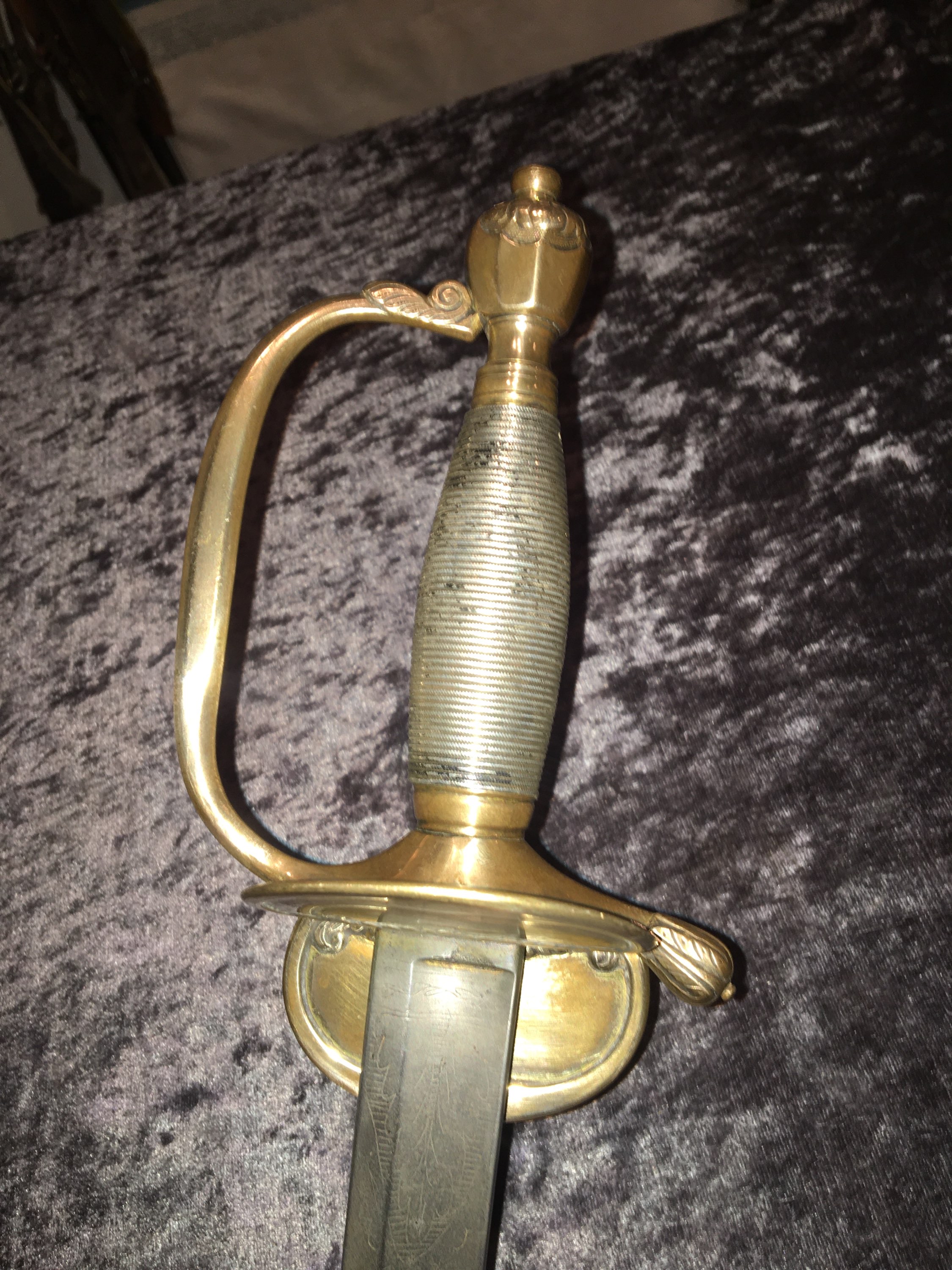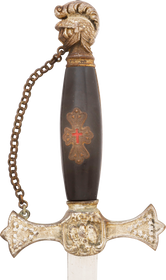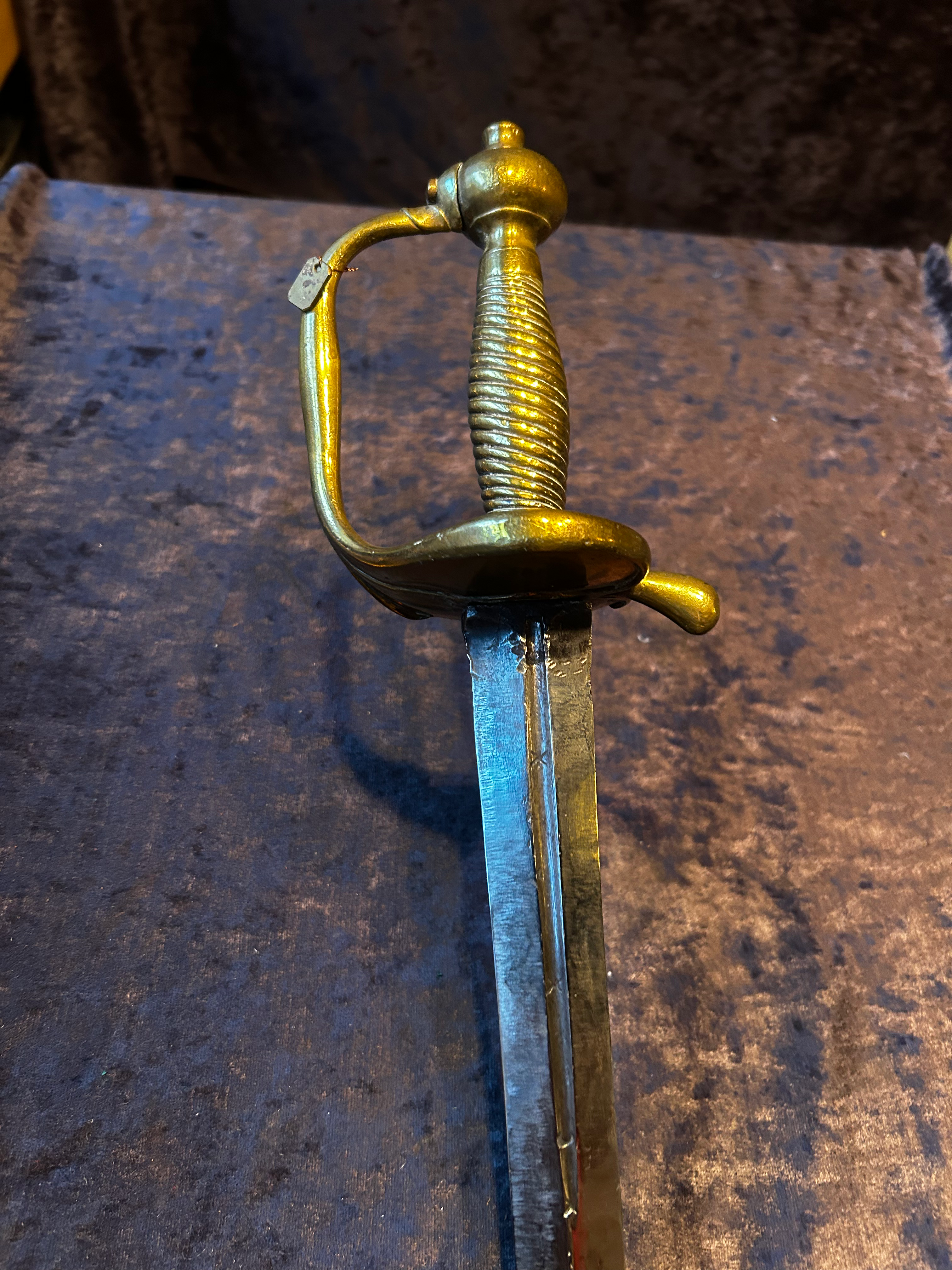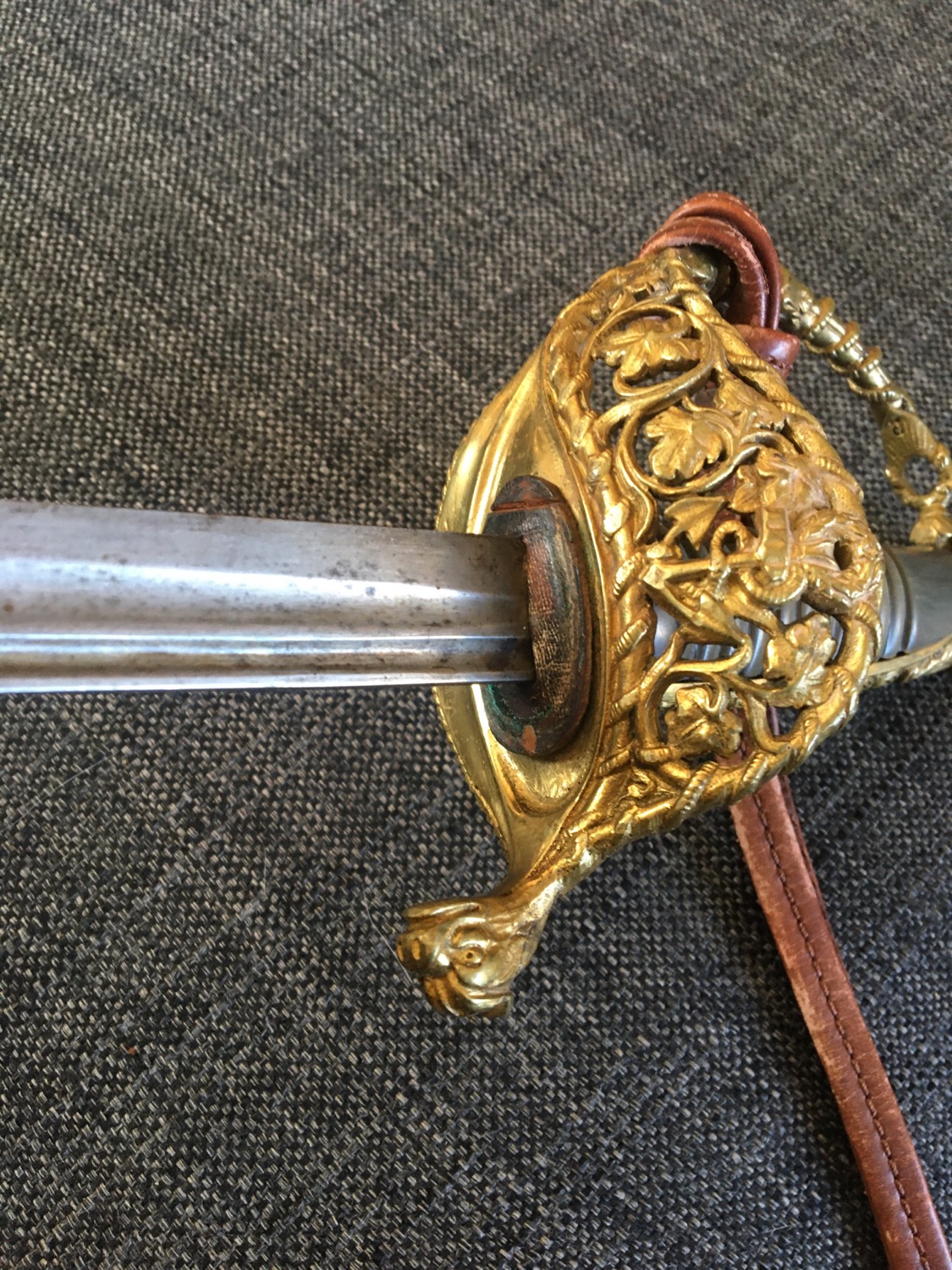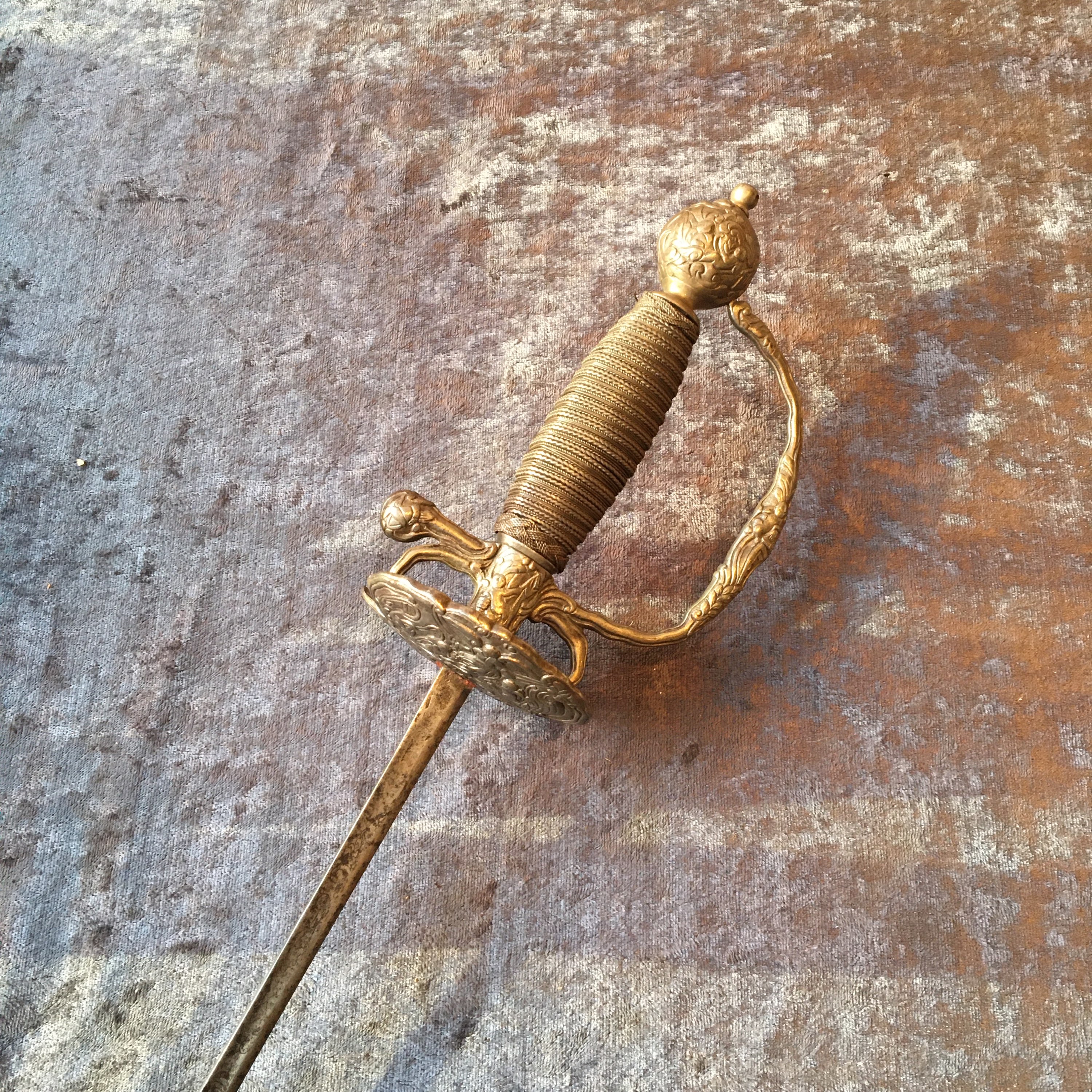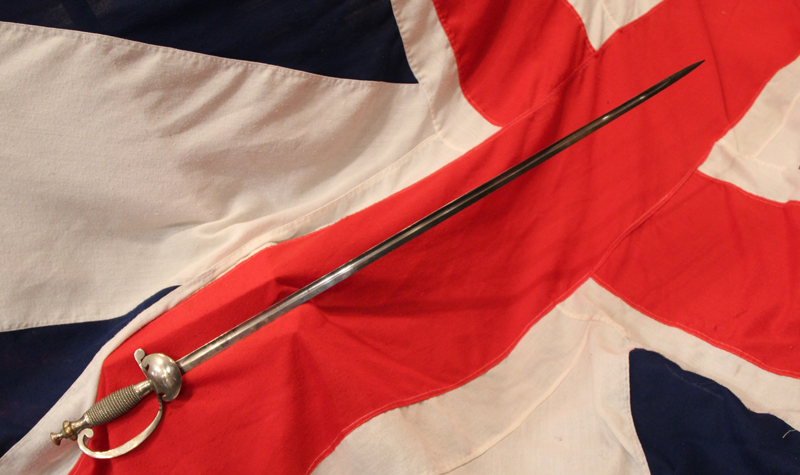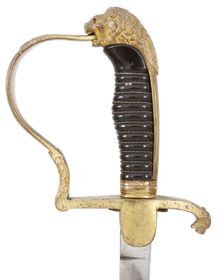For Sale
The following items are listed by for sale by users of the site and dealers. They are in no way endorsed or guaranteed by www.oldswords.com
Add a Classified ItemYou can also receive regular email notifcations when items match your keywords. To recieve them just register or logon at the top right of this page.
- Nation : -
- Local Price : 625.00 USD
- Nation : American
- Local Price : 625.00 USD
- Nation : Swiss
- Local Price : £450.00
- Nation : Swiss
- Local Price : £450.00
- Nation : Swiss
- Local Price : £450.00
- Nation : German
- Local Price : £450.00
- Nation : French
- Local Price : £450.00
- Nation : Japanese
- Local Price : £450.00
- Nation : -
- Local Price : 615.00 USD
- Nation : British
- Local Price : $850.00 CAD
- Nation : British
- Local Price : $850.00 CAD
- Nation : British
- Local Price : $850.00 CAD
- Nation : British
- Local Price : $850.00 CAD
- Nation : British
- Local Price : $850.00 CAD
- Nation : British
- Local Price : $850.00 CAD
- Nation : British
- Local Price : $850.00 CAD
- Nation : -
- Local Price : 585.00 USD
- Nation : French
- Local Price : £425.00
- Nation : Swiss
- Local Price : £425.00
- Nation : British
- Local Price : £425.00
- Nation : -
- Local Price : £425.00
- Nation : German
- Local Price : 575.00 USD


